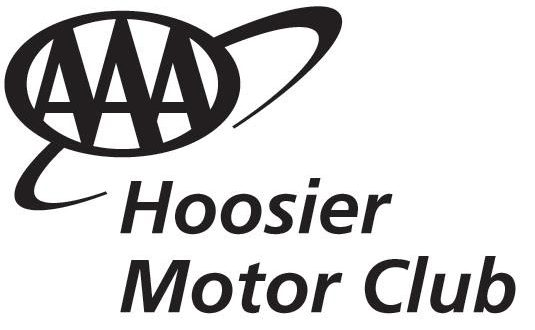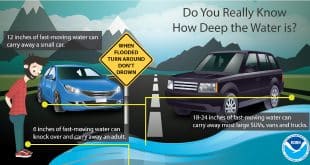- In-dash warning lights for brakes and other critical systems.
- A “spongey” or soft feeling when applying pressure to the brake pedal.
- An unusually loud exhaust sound or the smell of fumes in or around the vehicle.
- The prominent smell of gasoline or diesel fuel when the vehicle is parked or running.
In recent years, many state and local transportation departments have shifted from using rock salt to liquid de-icers to combat ice and snow on the roadways. These newer alternatives are more effective than traditional salt because they can be applied before a snowstorm, have a lower freezing point and melt ice and snow faster. However, these same characteristics can be even more damaging to vehicles since the chemicals remain in liquid form longer and are more likely to coat components and seep into cracks and crevices where corrosion can accelerate.
“In the last five years, 22 million U.S. drivers have experienced rust damage to their cars due to salt and liquid de-icers,” continued Nielsen. “In addition to the safety risk, repairs to fix these problems are often costly, averaging almost $500 per occurrence.”
While some rust damage is unavoidable, AAA recommends drivers take the following preventative steps in order to reduce the possibility of vehicle damage:
- When possible, limit driving immediately before, during and after winter storms when salt and de-icing solutions are being applied and are at their highest concentrations.
- Frequently wash your vehicle, paying particular attention to the undercarriage. This will loosen, dissolve and neutralize road salts. Many drive-through car washes offer an undercarriage rinse as an option.
- Always use a high-quality car wash solution, not a household dish detergent that will strip the wax from your vehicle.
- Repair any body damage and touch up paint scratches and chips that expose bare metal which could lead to rust.
- Thoroughly wash and clean your vehicle prior to the start of winter and apply a coat of wax to protect the finish.
- Give the entire vehicle and undercarriage one last cleaning in the spring. Any deposits left over from winter can continue to cause corrosion year-round if not properly removed.
Pothole damage is another concern for drivers, as snow and ice melt and roadways begin to crumble. A new AAA survey found that nearly 30 million U.S. drivers experienced pothole damage significant enough to require repair in 2016, with repair bills ranging from under $250 to more than $1000. To address this issue, AAA believes that more funding is needed to keep pace with critical repairs and ongoing maintenance of the nation’s roadways.
When pothole or rust damage occurs, it is imperative to choose a reputable repair facility. The AAA Approved Auto Repair (AAR) network includes nearly 7,000 facilities which have met AAA’s high standards, including certifications, technical training, cleanliness, insurance requirements, rigorous inspections and customer satisfaction. AAA members are eligible for special benefits such as priority service, a 24-month/24,000-mile warranty, discounts, free inspections, dispute resolution assistance and more. To locate an AAR shop in your area, visit AAA.com/AutoRepair.






